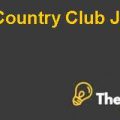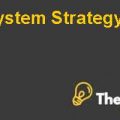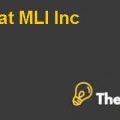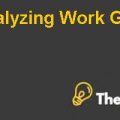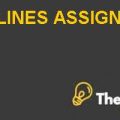
Diamond Foods Inc.Case Solution
Requirement 1
The recording of the continuity payment and momentum payment, by the company was in conflict with the Generally Accepted Accounting Principles (GAAP). These payments were for the previous supplies of crops rather than advance or future multiple years. The company has recorded these payments as future advances for the supply. In GAAP under the matching principles, the revenues for the period should be consistent with the costs and expense to generate such revenue. Hence, if the costs are inconsistent with the revenues and are not associated properly then the results would be misleading (GAAP-Matching concept , n.d). Thus the company beat this principle and treat the costs as advance payment rather than previous quarter payment.
GAAP principle also suggests that the financial statements should show a true and fair substance of transaction. By recording such payment as expenses, these expenses are recognized as advance and thus become assets for the company. From this the balance sheet is misrepresented as well as income statement. Thus it affects all of the financial statements of the company. Not only the profitability increases, The assets also get value addition. It also beats the GAAP accounting concept of reliability. The financial statements are not reliable.
Requirement 2
The fraud triangle consist of three factors that includes the pressure on the individual to commit fraud, the availability of opportunity to commit fraud and the ability to rational the fraud (Fraud Triangle, n.d).
Pressure to commit fraud
There were two factors identified in the case that are considered as motivational factors to commit fraud. The first one is the bonus policy of the company. The bonuses of the senior management including the CEO, Michael Mendes and the CFO, Steven Neil, were also covered under this bonus policy. Bonus policy is based on the corporate financial objective and individual objectives to improve the performance of the company annually. Thus, the senior management had great motivation to manipulate the financess to show more profit and thus receive high bonuses. From the case and financial accountant’s confession it is revealed that the senior management used to manipulate the accounts by adjusting commodity prices higher or lower rates so that it could achieve the targeted result.
Secondly the company has entered into a deal to acquire Pringles, and the consideration is partly in stock. Thus, the inflated financial performance will increase the stock prices of the company that will benefit the company in this deal. Thus, with both these motivational factors, there is high pressure to commit the fraud.
Opportunity to commit fraud
There was clear opportunity to commit fraud. The senior managers have direct influence on the financial information and recording of transactions including the pricing of a commodity. The financial information is only confined to few senior management personnel thus there is less possibility that the fraud will be identified. The assistant treasurer of the company confessed, “Information about grower payments and accounting for those payments was maintained within a very small circle of people including Tropp, Neil, Mendes, and Senior Vice President of Grower Account, Eric Heidman, Mendes’ brother-in-law.”....................




